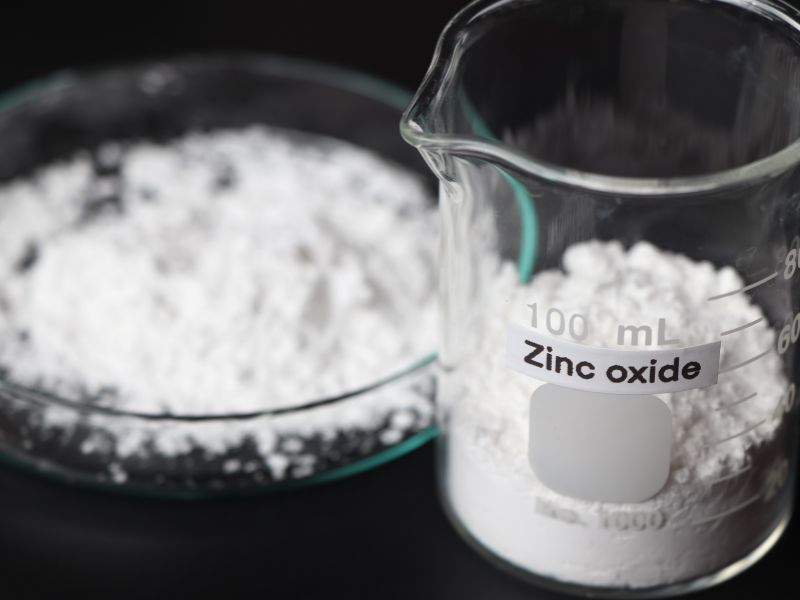Zinc oxide price can fluctuate significantly, influencing manufacturing costs and market prices for end products that use this compound. Zinc oxide is a vital compound used across various industries, including rubber, cosmetics, and electronics.
Understanding the factors that affect zinc oxide prices is crucial for businesses relying on it for their production processes. In this article, we’ll explore what influences the price of zinc oxide and what you need to know to make informed decisions.
Zinc Oxide Price Based on Several Key Factors
The price of zinc oxide can vary based on several key factors. Here’s what you need to understand to navigate its price fluctuations and their impact on your business.
1. Global Zinc Supply and Demand
The availability of zinc ore, the primary raw material for zinc oxide production, affects its price. Supply shortages or increased global demand can lead to price increases, affecting manufacturers who rely on this compound.
2. Energy and Production Costs
The cost of energy and production processes directly impacts the price of zinc oxide. Higher energy prices or more expensive production methods result in higher costs for zinc oxide, which may be passed on to consumers.
3. Economic Conditions and Industrial Activity
Economic growth or downturns in key markets, such as the automotive or construction industries, influence zinc oxide demand. An economic boom can drive demand, increasing prices, while a recession may cause a drop in demand and lower prices.
4. Currency Exchange Rates
Zinc oxide is traded internationally, and currency fluctuations can impact its price. A weaker local currency can make imports of zinc oxide more expensive, while a stronger currency can help reduce costs for buyers in those regions.
5. Trade Policies and Tariffs
Changes in trade policies and tariffs, particularly in major exporting countries, can affect the cost of zinc oxide. Import restrictions or tariff hikes on zinc and its derivatives can lead to higher prices in the global market.
6. Technological Innovations and Production Efficiency
Advancements in production technology or the discovery of new zinc sources can affect the cost of zinc oxide. Improvements that make the production process more efficient can reduce costs and help stabilize prices over time.
Conclusion
The price of zinc oxide is influenced by a variety of factors, from global supply and demand to production costs and economic conditions. Understanding these dynamics allows businesses to plan for price fluctuations and make better procurement decisions.
By staying informed about the factors affecting zinc oxide prices, you can ensure your business remains competitive and can manage costs effectively.


